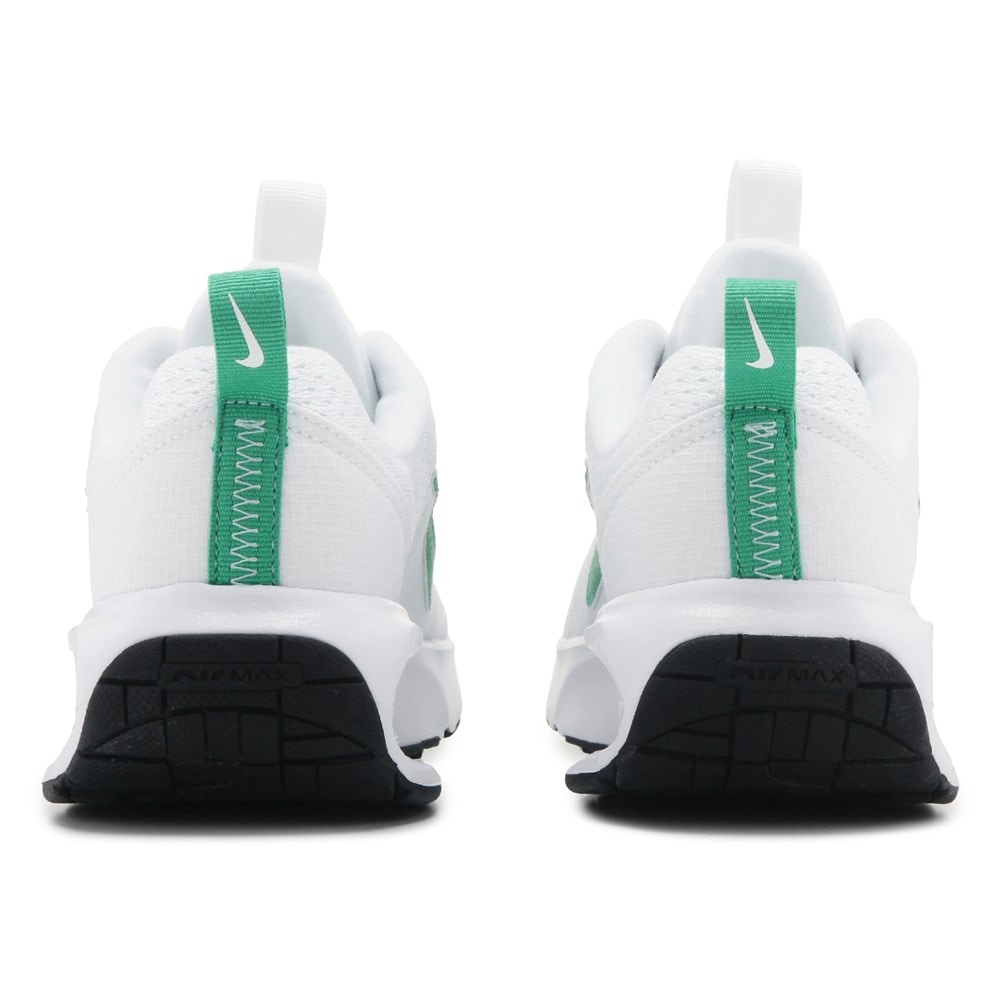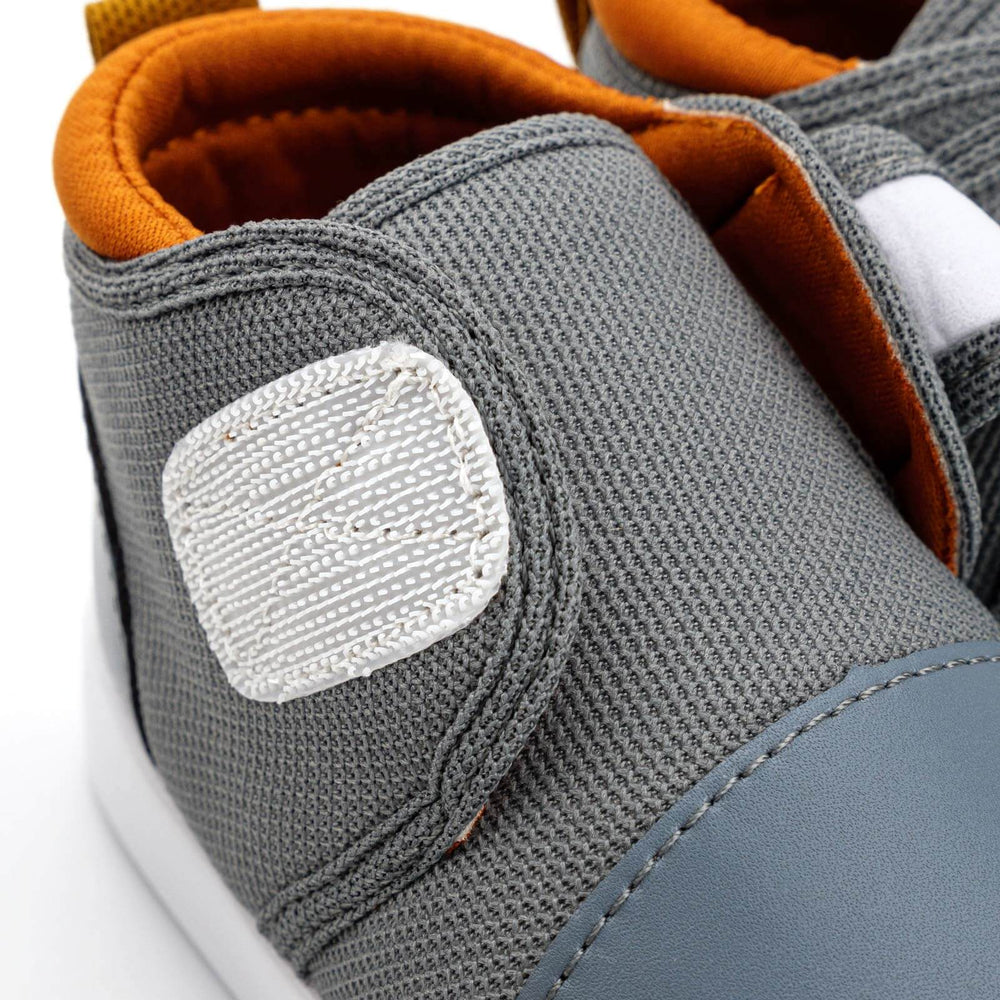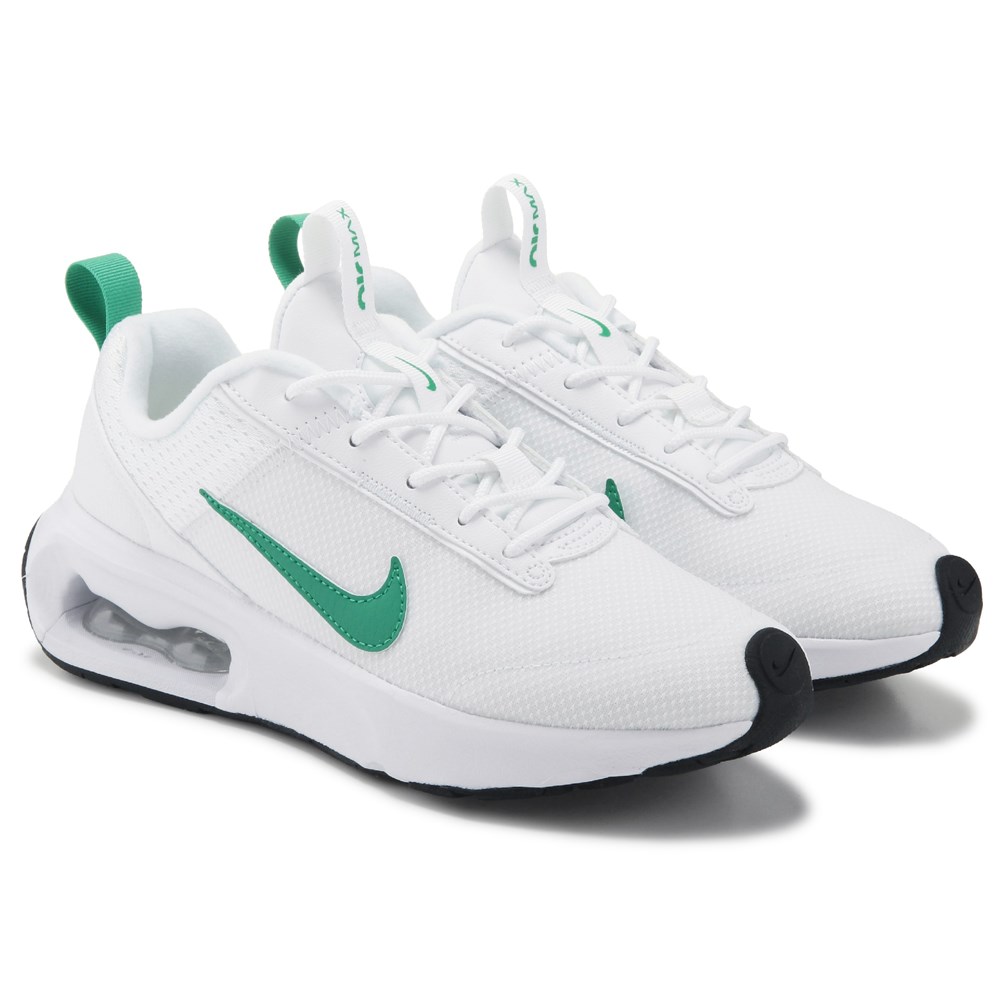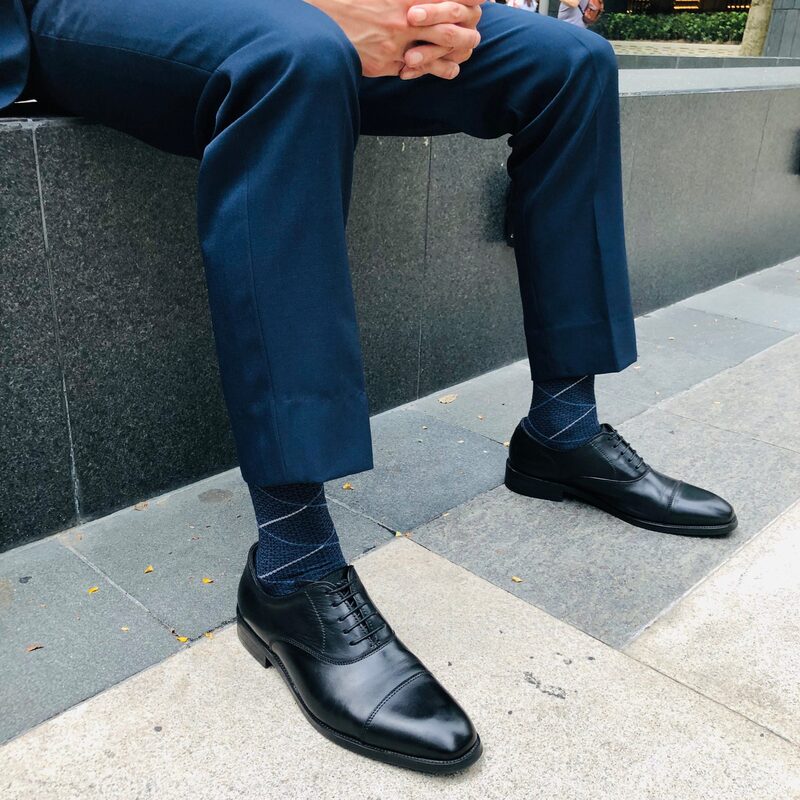Understanding the Importance of Properly Fitted Running Shoes
When it comes to running, few things are as important as a properly fitted pair of shoes. Ill-fitting shoes can lead to discomfort, pain, and injury, putting a damper on your running routine. That’s why knowing how to fit running shoes is essential for both novice and seasoned runners.
Good fit ensures that your feet have the necessary support, reducing the risk of common ailments such as blisters, shin splints, and plantar fasciitis. Moreover, the right shoes can improve your running efficiency, allowing for a more enjoyable and effective workout.
The impact of running in poorly fitted footwear is not to be underestimated. From minor irritations to more severe joint damage, footwear that doesn’t fit can turn a healthy activity into a harmful one quickly. Therefore, making an investment in well-fitted running shoes is an investment in your overall health and running longevity.
When searching for the perfect pair, how to fit running shoes becomes a key question. It involves looking beyond just the size and delving into the aspects of foot type, gait analysis, arch support, and cushioning—all of which we will explore in the following sections of this guide.
Remember, your running shoes are your partnership on the road or the trail. Taking the time to find the right fit can make all the difference in reaching your running goals with comfort, support, and confidence.

Key Aspects to Consider When Choosing Running Shoes
Selecting the correct running shoes is more than just liking a design or color. Let’s break down the key aspects to pay attention to.
Analyzing Your Foot Type and Gait
Your foot type and how you run, or your gait, play crucial roles in how to fit running shoes. Start by identifying if you have flat, neutral, or high arches. This affects the level of support you’ll need. Gait analysis, sometimes offered at speciality shoe stores, can determine if you overpronate, underpronate, or have a neutral gait. Each condition requires different features in a running shoe for optimal comfort and injury prevention.
Considering Shoe Size and Fit
Size isn’t just a number. It involves length, width, and the shape of the shoe relative to your foot. Ensure there’s a thumb’s width of space in the toe box when standing. This prevents your toes from hitting the front of the shoe when running. Additionally, the fit should be snug, not tight, to avoid blisters and allow for natural foot swelling.
The Role of Arch Support and Cushioning
Arch support is vital—it helps distribute impact evenly. Look for shoes that provide the right support for your arch type to prevent overuse injuries. Cushioning is just as important, especially if you run on hard surfaces. It absorbs shock and can reduce stress on joints. The right combination of support and cushioning tailored to your foot will enhance your running experience significantly.
How to Assess the Fit of Running Shoes
Finding the right running shoes is crucial for your comfort and performance. It’s not just about the shoe size on the box, but how the shoe complements your unique foot shape and structure. To ensure that you’ve chosen well, it’s essential to assess their fit carefully. Assessing the fit is not complex if you know what to look for.
Checking for Adequate Toe Room
One key aspect of how to fit running shoes is ensuring that your toes have enough room. There should be about a thumb’s width of space between your longest toe and the end of the shoe. When you stand, your toes should be able to spread out without feeling cramped. This prevents discomfort and toe injuries as your foot naturally expands when striking the ground.
Ensuring Heel Security
A secure heel fit means no slipping or rubbing. Your heel should sit snugly in the shoe without being overly tight. When you walk or run, there should be minimal movement of the heel to prevent blisters. If your heel does not fit securely, you might need a different size or a shoe with a better heel design for your foot.
Testing for Comfort and Stability
Lastly, judge the shoes on their overall comfort and stability. Walk or run a few steps in them. Pay attention to how your feet feel. If you notice any pinching, tight spots, or slippage, they may not be the right fit. The shoes should offer a stable ride, with good support underfoot. It’s important to feel as if the shoe and your foot are moving as one.
In the search for how to fit running shoes, these steps are essential. Make sure to repeat them with each potential pair and remember that the fit can change slightly once they are broken in. Opt for shoes that excel in all the above fit aspects to enjoy a secure, comfortable, and injury-free run.

The Impact of Running Surfaces on Shoe Selection
When choosing running shoes, consider the surface you’ll be running on. Different terrains impact how shoes perform and their durability. Here’s what to keep in mind:
Hard Surfaces
If you often run on hard surfaces like concrete or asphalt, look for shoes with more cushioning. This helps absorb shock and reduces the risk of joint pain.
Soft, Uneven Terrains
For trails or soft terrains, choose shoes with good traction and stability. This prevents slips and supports ankles on uneven ground.
Mixed Surfaces
Runners who use both roads and trails should opt for versatile shoes. They need a balance between cushioning and grip for safety and comfort.
Specialty Surfaces
Running tracks and treadmills require shoes with less tread. This improves your gait and prevents excess wear on soft surfaces.
Consider how the texture and hardness of the ground will affect your run. Pick shoes that preserve comfort and offer the right protection for your chosen terrain. Change your shoes according to where your run takes you to maintain peak performance and shoe integrity.
Common Fitting Mistakes to Avoid
When searching for how to fit running shoes, avoid common pitfalls that can lead to poor performance and discomfort. Even experienced runners can make these errors, so it’s wise to review them regularly.
Ignoring the Width Factor
Many runners focus on the shoe length but forget the width. A shoe that’s too narrow can cause blisters and restrict blood flow. One that’s too wide can lead to instability and increased injury risk. Ensure that your shoe’s width matches your foot’s width for a comfortable run.
Overlooking the Flex Point
The flex point of a shoe is where it bends with your foot. If the shoe’s flex point doesn’t align with your foot’s natural bend, it can cause discomfort or injury. To check this, hold the heel and press the toe of the shoe into the floor. The shoe should bend where your toes naturally flex. An incorrect flex point can strain your arch and lead to plantar fasciitis or other issues.
When to Replace Your Running Shoes
Knowing when to replace your running shoes is as important as knowing how to fit running shoes. Running in worn-out shoes can lead to injuries and discomfort. Here are several signs that it’s time for a new pair:
Look at Mileage
Most running shoes are good for 300 to 500 miles. Track your mileage to gauge shoe life. After hitting the upper limit, start looking for a replacement.
Check for Wear and Tear
Inspect your shoes regularly for damage. Look for worn soles, tears, or detached parts. Visible wear often means diminished support and cushioning.
Notice Changes in Comfort
Pay attention to your comfort levels. If you feel more aches or pains after a run, your shoes may be the culprit. New discomforts can signal the need for new shoes.
The Role of Performance
Monitor your running performance. A noticeable decline might be due to old footwear. Ensure your shoes aren’t holding you back.
Listen to Your Body
Your body’s feedback is vital. Increased foot fatigue or recurring blisters indicate your shoes may be past their prime. Listen to your body and act accordingly.
Replacing your running shoes at the right time is crucial for maintaining your running health and achieving your best performance. Keep these tips in mind and make a habit of assessing your shoes regularly to ensure they are still providing the support and protection your feet need.

Expert Tips for Fitting Running Shoes
To master how to fit running shoes, follow these expert tips. They ensure a great fit and enhance your running experience.
Get Measured Regularly
Feet change over time. Make sure to get your feet measured every time you buy new shoes. New measurements prevent choosing the wrong size.
Wear Running Socks
For trying on shoes, wear the socks you run in. This gives you the truest sense of fit and comfort during your runs.
Shop Late in the Day
Feet swell throughout the day. Shopping in the evening ensures you find a size that fits, even when your feet expand.
Take a Test Run
If possible, jog a little in the store. A quick run is the best test for comfort and fit. Make sure the shoes feel right.
Don’t Rely on Break-In
Good running shoes feel right immediately. They should not need a break-in period to feel comfortable.
Consult With Specialists
If in doubt, talk to a gait analysis expert or a shoe fitting professional. Their advice can point you to the best shoes for your feet.
Following these steps helps you choose the perfect running shoes. They complement the other fitting strategies covered in this guide. With proper shoes, you’re all set for a better and safer run.


